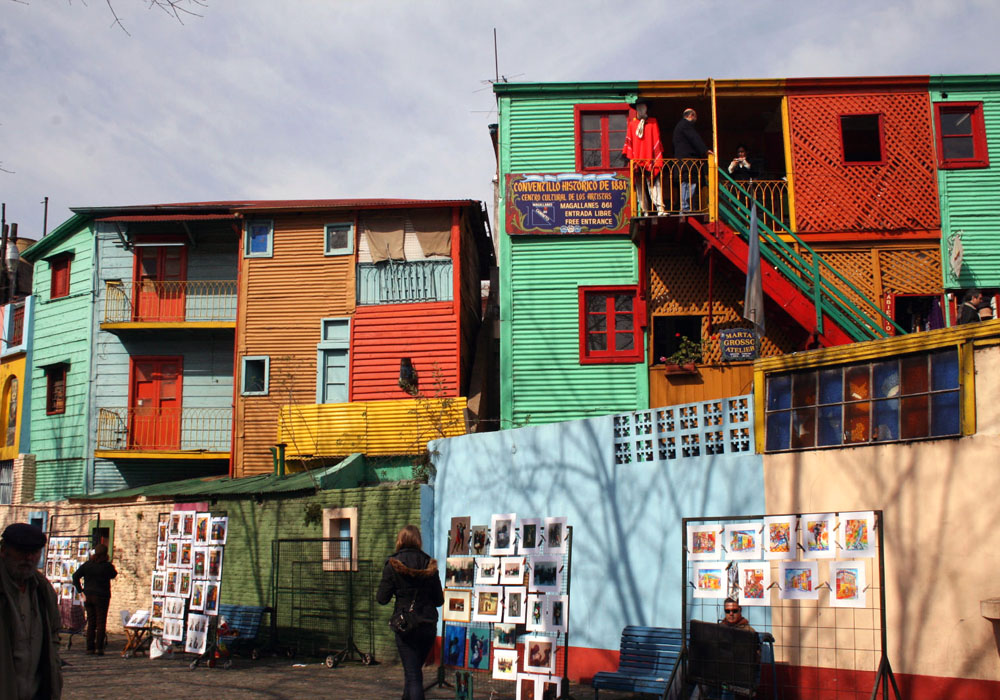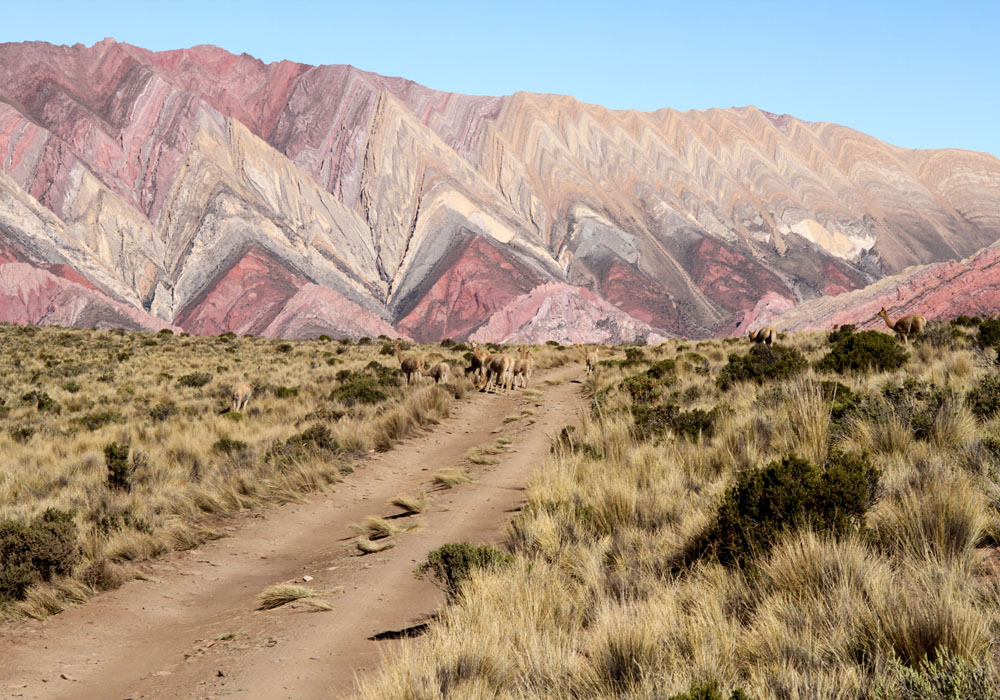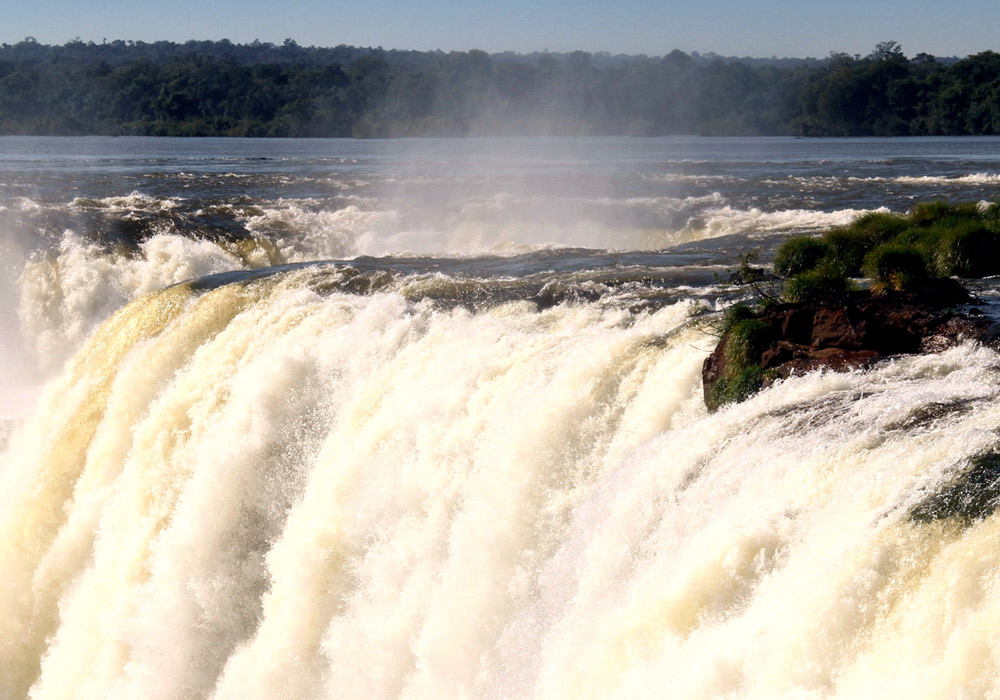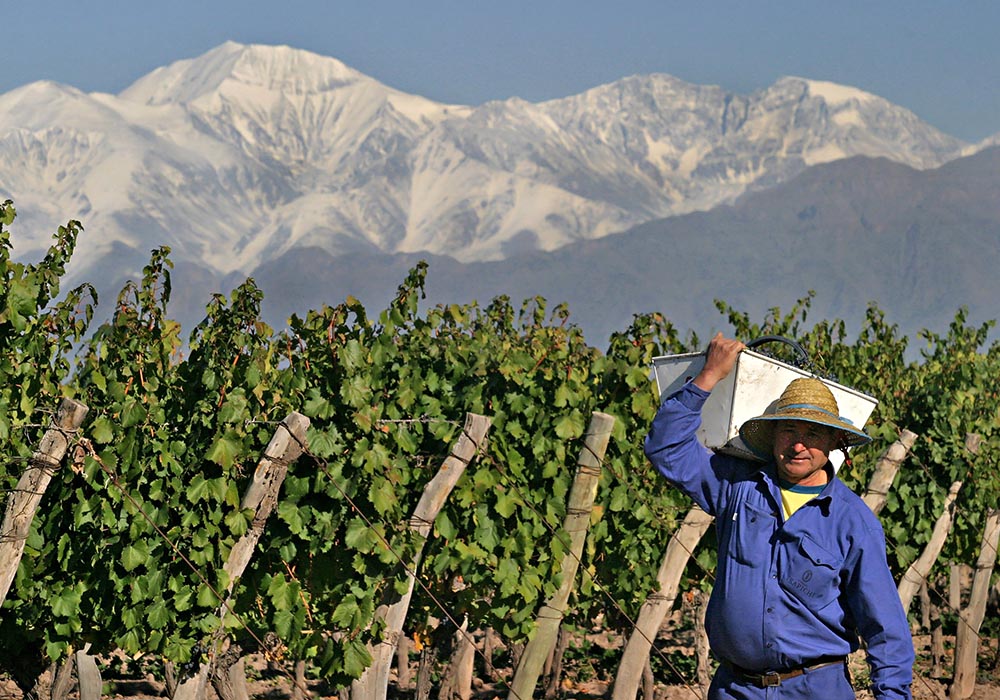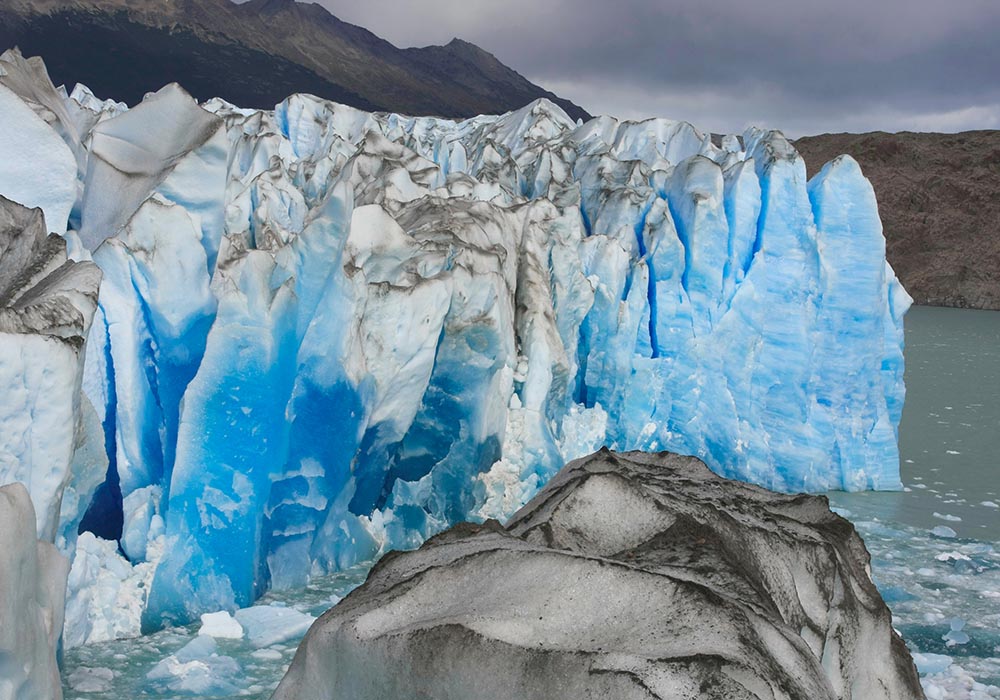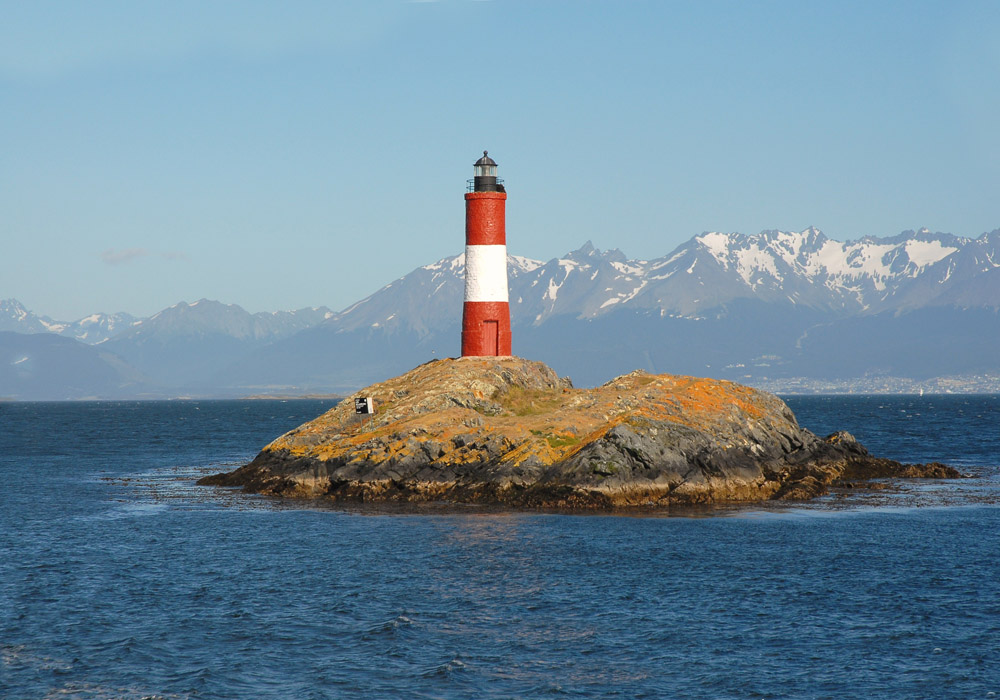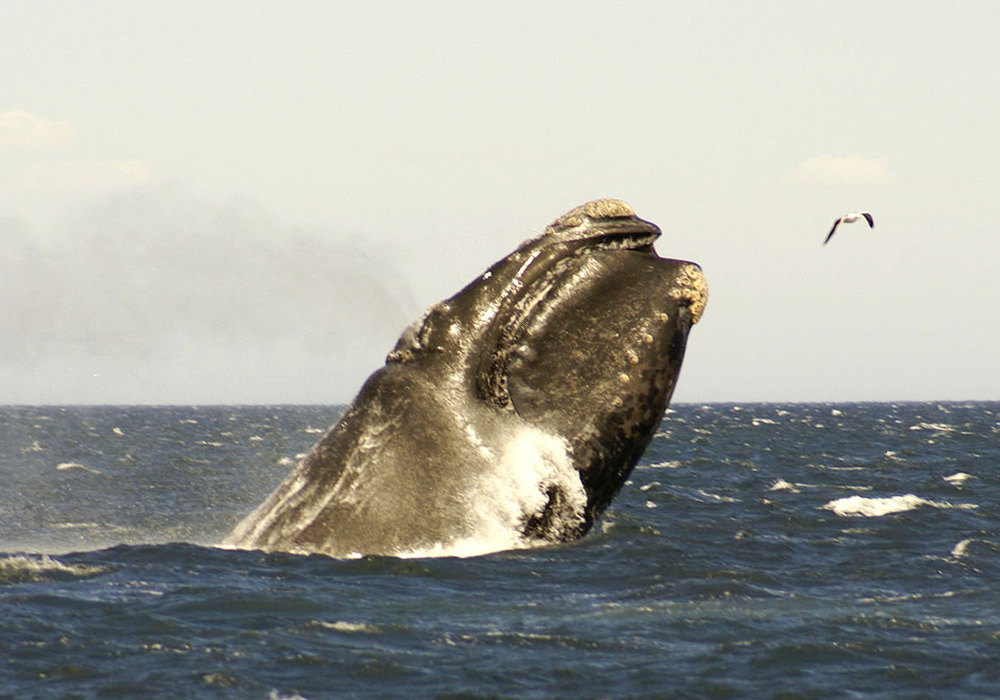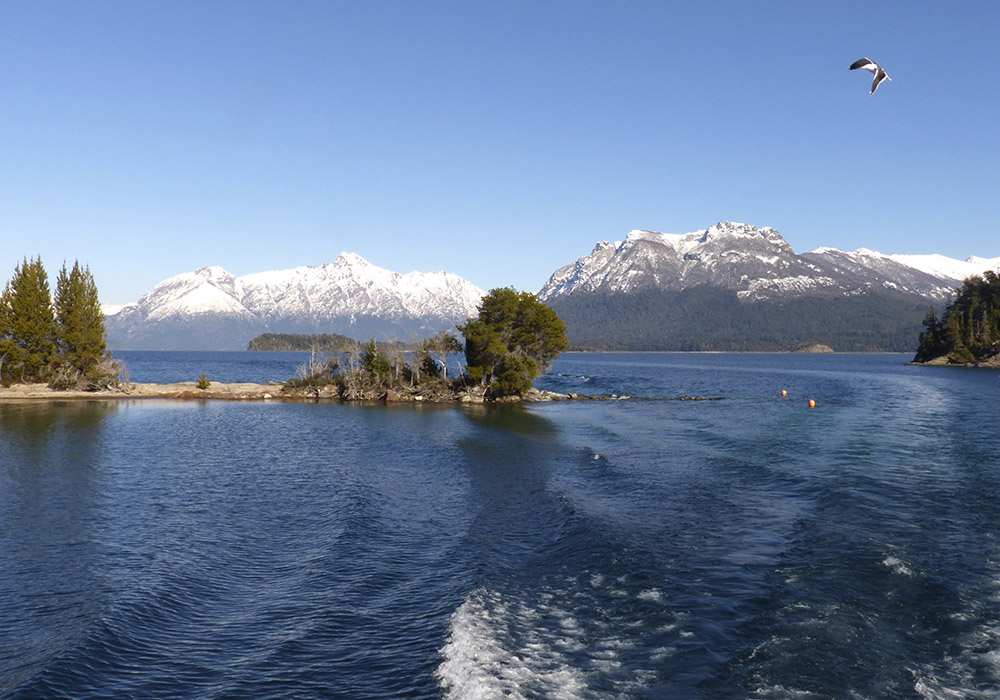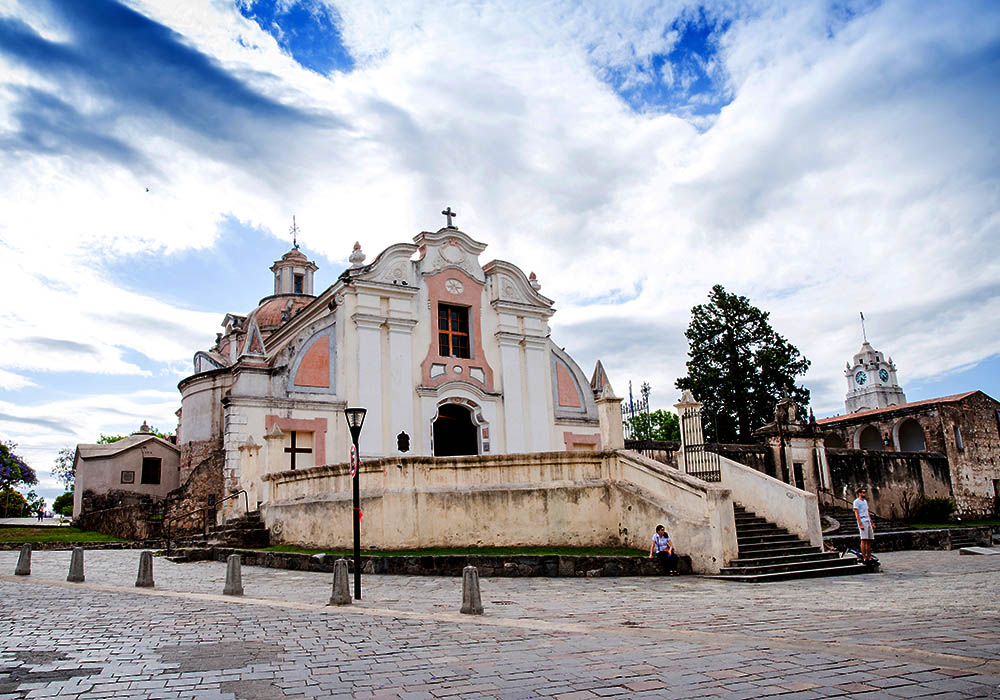Located on shores of Río de la Plata estuary, Buenos Aires is the capital and largest city of Argentina and is without doubt one of the most exciting cities in the world.
It is surrounded by the endless Pampa, the fertile lowlands home of the gaucho and extensive estancias.
The northwestern provinces of Jujuy, Salta, Catamarca and Tucumán combine magnificent and attractive natural wonders, a rich history and distinctive culture.
Ruins of fortresses and abandoned cities testify the time space from earliest cultures to the Inca Expansion, the Spaniard Conquest and the Argentine fight for Independence.
At the same time, the blending of deep seated indigenous roots with European culture crystalizes and comes alive in the local lifestyle, music, art, ceremonies, colorful handicraft markets and exquisite cuisine.
This is the region of the great rivers, the vast savannas and marshlands, the humid tropics, the red earth and the magnificent jungle. Embraced by the great Paraná, Iguazú and Uruguay rivers, this region is also known as Mesopotamia – land between rivers- and includes Misiones, Corrientes and Entre Ríos Provinces.
Cuyo – “desert country” in the aboriginal language of the ancient Huarpes culture covers an immense wilderness area beneath the high Central Andean mountain range.
Formed by the provinces of La Rioja, San Juan, Mendoza and San Luis, this is the region of snow-capped volcanoes, isolated high plateaus, shallow lagoons, colorful sierras and desert like badlands with mount Aconcagua, the highest peak in the southern hemisphere dominating the Andean skies.
Los Glaciares National Park is situated in the southern Patagonian Andes, covering a wilderness area of 724,000 ha of exceptional natural beauty.
The Southern Patagonian Ice Field is the largest continental ice field after Antarctica and Greenland and the birthplace for hundreds of glaciers in Argentina and Chile.
The icy thongs reach the enormous glacial lakes, nestled between turquoise waters and thick Andean Patagonian forests.
Beneath the ice rise the Patagonian steppes with its characteristic tablelands reaching out to the horizon; habitat for guanacos, lesser rheas, gray fox and the puma.
The archipelago of Tierra del Fuego is at the southern tip of the American continent. The last inhabited place before Antarctica was the only maritime connection between the Atlantic and Pacific Oceans until the construction of the Panamá Canal.
The “Land of fire” offers a close encounter with nature and for the adventurous spirits the options include trekking, horseback rides, 4×4 off road and kayaking.
Glaciers, valleys, peat bogs and lakes are hidden in the mountains which, in turn, are covered by thick forests and abundant fauna.
The Patagonian Atlantic coast hosts abundant marine and terrestrial biodiversity and numerous natural reserves have been set up to protect it.
Elephant seals, sea lions, magellan penguins, dolphins, orcas, southern right whales, graceful guanacos of the camelids family, choiques (Patagonian rhea), maras (Patagonian hare), armadillos, foxes, skunks and a wide variety of birds live in the sea, land and air of Península Valdés, UNESCO World Heritage Site.
The fauna spreads out all along the Patagonian Atlantic coastline during its annual migratory cycle. Monte León National Park, Southern Patagonia National Park, Ría Deseado Nature Reserve, Cabo Vírgenes and an endless number of solitary spots and rocky capes hide small paradises for the extravagant flora and fauna of the Atlantic Patagonia.
The snow-capped mountains and volcanos offer majestic views that contrast with the deep valleys, dazzling lakes and dense Patagonian forests that comprise the Lake Region in Northern Patagonia.
The beautiful landscapes offer a wide variety of activities including unlimited possibilities for trekking, mountain climbing, scenic hikes, sailing, kayaking, fishing, horseback riding, playing golf, cycling and skiing.
Strategically located in the center of Argentina, this region contributes with some of the richest history and culture of the country.Vestiges of colonial times are found in some of the most important and well-kept historical and architectonical treasures of the country.
At the same time, the colorful valleys of the Cordoba hills provide the ideal setting for horseback rides, cultural tours and amazing natural experiences.

